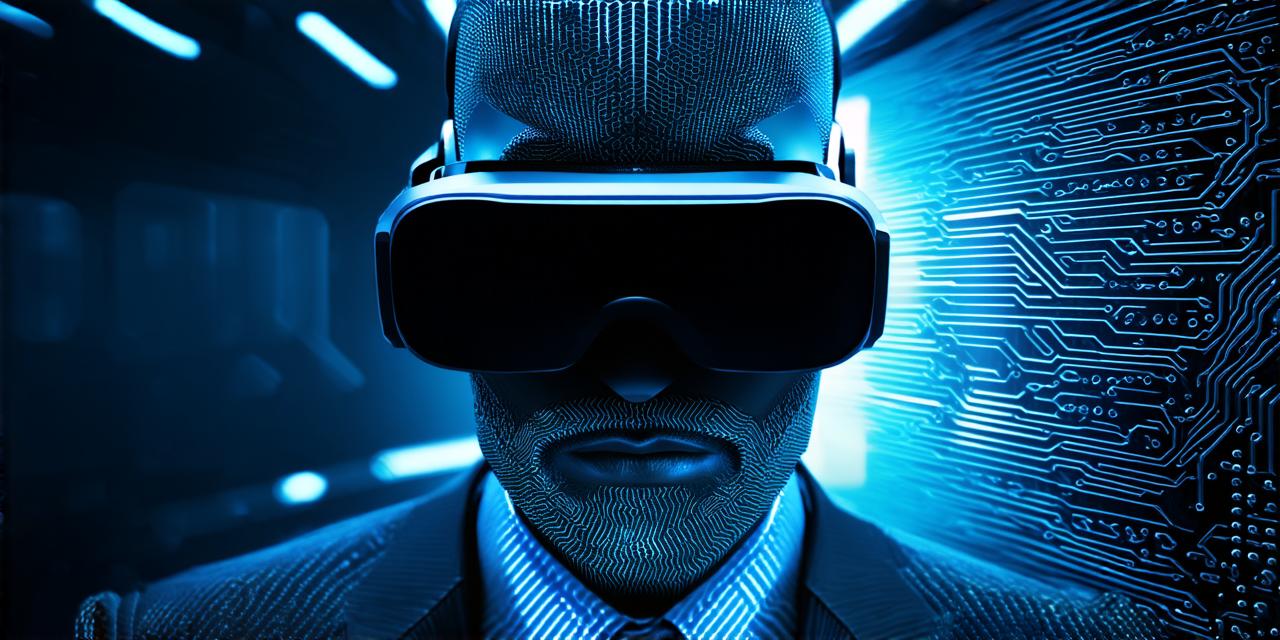
How Virtual Reality Operates
Understanding VR: What is it and How does it Work?
Virtual reality technology allows users to experience a simulated environment that feels like the real world. The VR headset uses sensors, cameras, and displays to track the user’s movements and adjust the virtual environment accordingly. This creates an immersive experience that engages the user and transports them into a new world.
The key component of VR is the display device, which is usually a headset or a pair of glasses with integrated displays. The display device tracks the user’s head movements using sensors and adjusts the virtual environment accordingly. This creates a seamless and immersive experience that feels like the real world.
The Virtual Environment: Creating Immersive Worlds
To create an immersive VR environment, you need to understand how it works. The virtual environment is created using 3D modeling software, which allows you to design and build a realistic representation of the real world. You can then use this 3D model as the basis for your VR experience.

To create an engaging VR experience, you need to consider the user’s perspective. The virtual environment should be designed in a way that allows users to interact with it naturally and intuitively. This means considering factors such as lighting, sound, and visual effects to create a believable and immersive world.
Case Studies: Real-World Examples of VR in Action
There are many real-world examples of VR technology being used in various industries. Here are some case studies that demonstrate the power of VR:
- Healthcare: VR technology has been used to simulate surgical procedures, allowing doctors and nurses to practice their skills in a safe and controlled environment. This has led to improved patient outcomes and reduced surgical errors.
- Education: VR technology has been used to create immersive learning environments that allow students to explore complex concepts in a more engaging way. For example, students can take virtual field trips to different parts of the world or even experience historical events firsthand.
- Gaming: Virtual reality technology has revolutionized the gaming industry, allowing developers to create immersive and interactive games that engage players on a whole new level. From first-person shooters to puzzle games, VR offers endless possibilities for game development.
FAQs: Answering Common Questions about VR Development
Q: What equipment do I need to develop VR applications?
A: To develop VR applications, you will need a computer with VR software and a VR headset or display device. There are many different types of VR headsets available, so it’s important to choose one that suits your needs and budget.
Q: How do I create a virtual environment for my VR application?
A: To create a virtual environment for your VR application, you will need to use 3D modeling software. There are many different types of 3D modeling software available, so it’s important to choose one that suits your needs and experience level.
Q: How do I track user movements in my VR application?
A: To track user movements in your VR application, you will need to use sensors and cameras. These devices track the user’s head movements and adjust the virtual environment accordingly.


